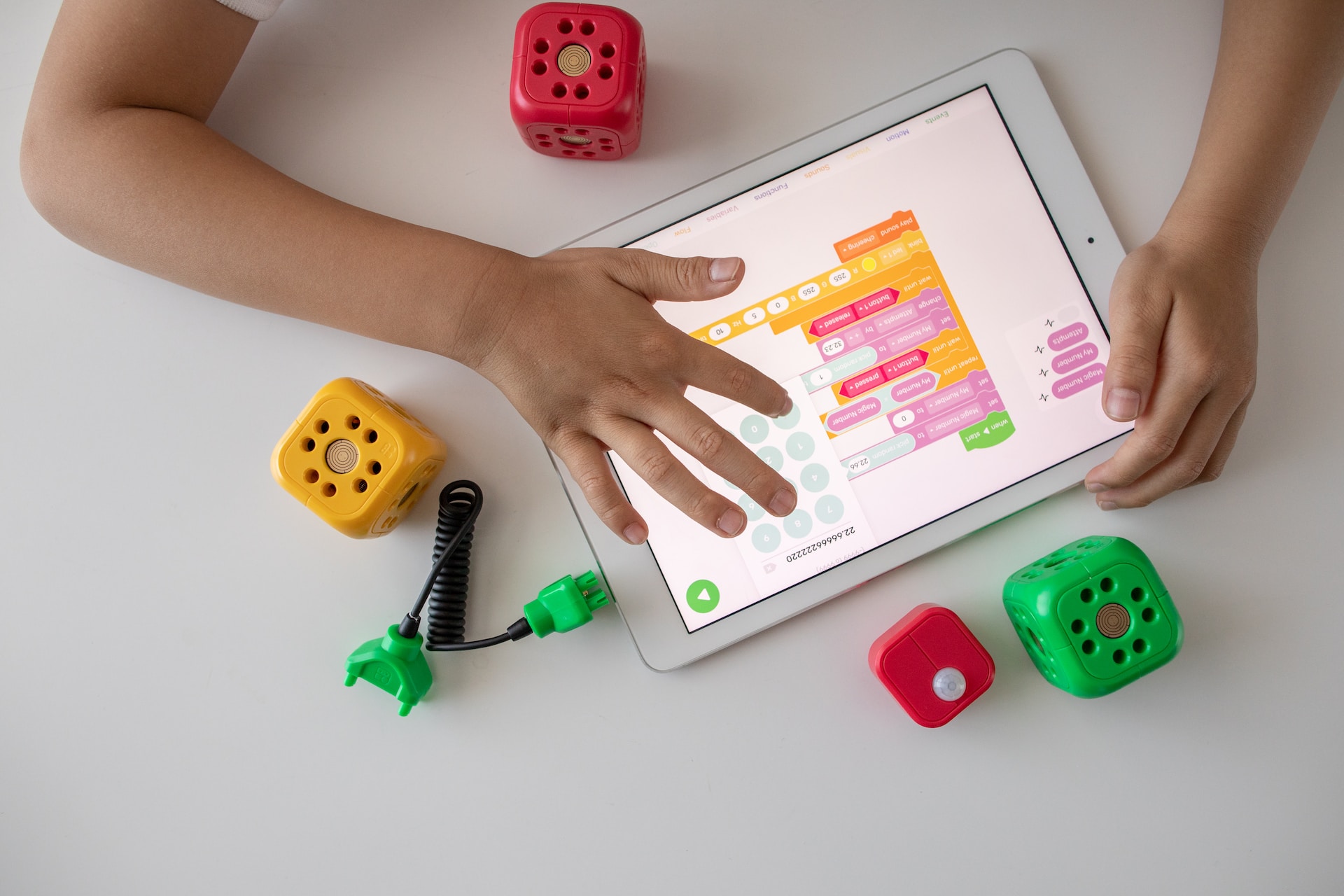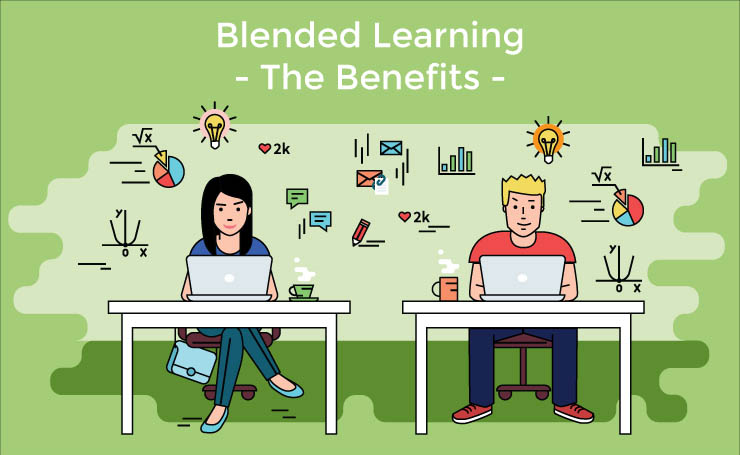Math is often a student’s most difficult subject in school, followed by physics, languages, calculus, and biology. While working through derivatives, trigonometry, and statistics, you might be wondering: what exactly is the importance of math? Studies show that math can improve problem solving skills, promote healthy brain function, support logical reasoning and analytical thinking, and encourage flexibility and creativity.
However, is classroom learning the best way to develop these skills? There are different ways of learning, from visual, auditory, reading and writing, and kinaesthetic. The standard classroom method might not work for everyone, but there is a concept of math that embodies every type of learning and encourages real-world applications: Singapore math.
Singapore math is a term used to describe the mathematics curriculum developed and used in Singapore. It’s a method of learning that uses three distinct approaches to understand mathematical concepts and problem-solving. It uses concrete, pictorial, and abstract approaches to encourage students to think actively, understand, and communicate to solve math problems.
Before the 1980s, Singapore imported math textbooks from other countries and found that its students were ranked lower than other countries in math. They decided to develop their own textbooks, publishing their own program in 1982. In 1995, Singapore students were often ranked first in the Trends in International Mathematics and Science Study, and have maintained their high ranking ever since.
This framework was developed on the basis that problem solving is central to learning math. It involves the acquisition and application of mathematical concepts and skills in a variety of situations, including non-routine, open-ended, and real-world problems. Singapore math highlights these five areas when teaching problem solving: attitudes, metacognition, process, concepts, and skills.
Singapore math also utilizes the CPA (Concrete to Pictorial to Abstract) Approach. Let’s break down each section and how students can learn math through this approach.
Concrete Learning
There are a number of mathematical concepts that cover numeracy, algebra, geometry, statistics, probability, and analysis. Students learning Singapore math would be given concrete materials, such as cubes, blocks, place value mats, geometric figures, and practical work to understand these concepts and encourage active thinking. Along with the emphasis on mental math and model drawing, it helps students transition better to more complex mathematical problems and algebra. There is emphasis on “why” before “how.”
Pictorial Learning
Once students have mastered the concrete, they’ll focus on the pictorial. This may involve model drawing, drawing circles, dots, or number bonds. This is an excellent way to solve word problems because it can be used as a visual aid and as a way to extend learning.
Abstract Learning
Finally, students can utilize the previous approaches to understand mathematical concepts at a symbolic level using numbers, notations, and math symbols. SStudents are encouraged to reflect on these mathematical attributes and relationships.
After understanding what Singapore math entails, you might be wondering: does this fit with my child’s learning style? Here are a few pros and cons for the curriculum.
Pros of Singapore Math
- It allows students to build meaningful connections to learning concepts and skills instead of simply memorizing formulas and rules.
- The concepts are thoroughly covered and focus on mastery of a certain topic. There is less repetition and old concepts are not visited more than once.
- The curriculum utilizes textbooks and workbooks that are colorful and uses graphics.
- The curriculum builds on previously learned concepts and elevates these skills.
Cons of Singapore Math
- There is less focus on applied math and more on concept and ideology.
- It could require extensive and ongoing teacher training.
- Supplies are consumable with the curriculum and would need to be purchased every year, which can put a strain of school budgets.
- Because it is a level-based program, not learning skills from previous levels can disadvantage students or lead to confusion.
Around 2,500 public and private schools across the country have implemented Singapore math in their curriculum. Do you think this method of learning math will work for your child? Sign up to learn with StudyPug Learning!











